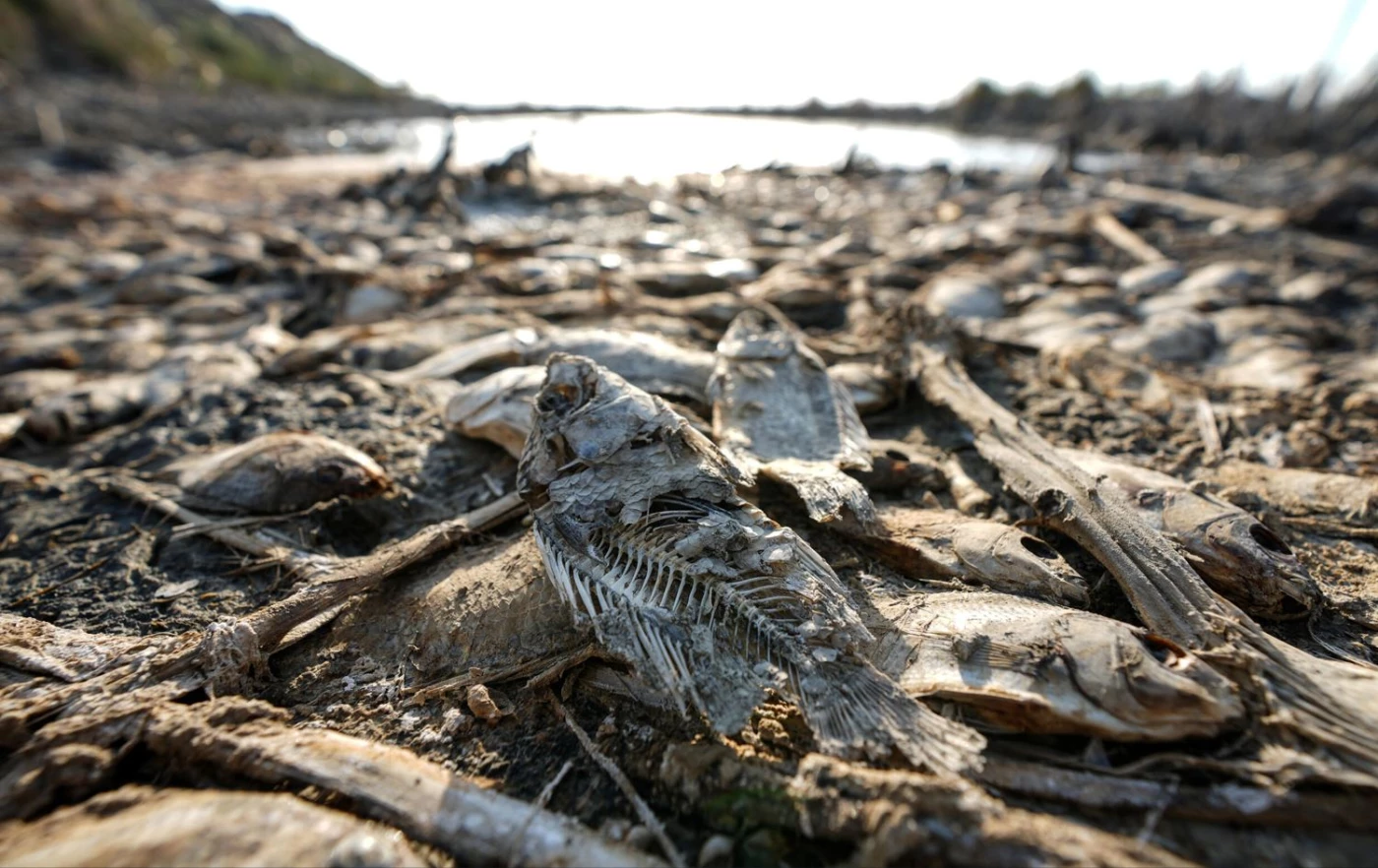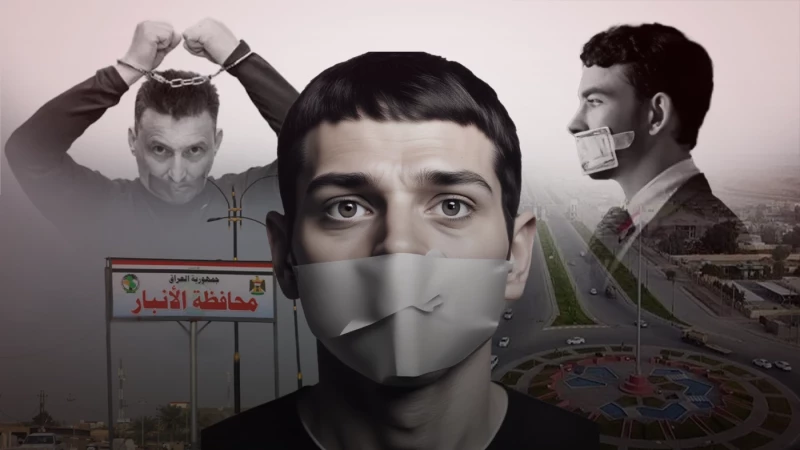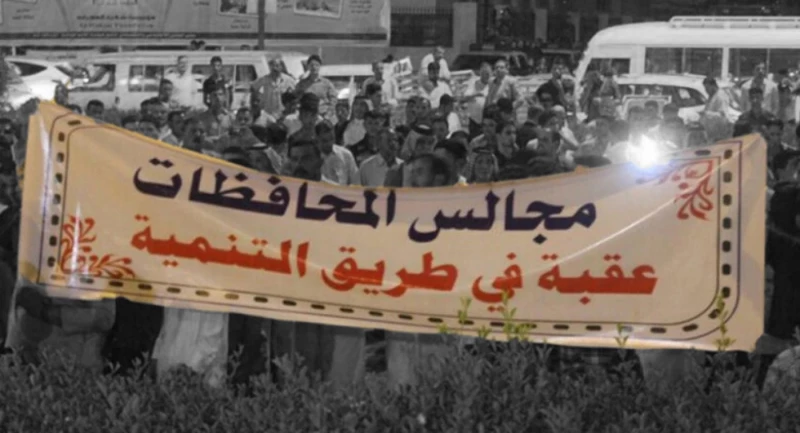ERBIL, Kurdistan Region of Iraq - Naji Arhim once lived a peaceful life on the calm waters of Iraq’s southern marshes. At sunrise, birds filled the sky, and his oars gently broke the surface of the water. His world was the al-Tar marsh at the far edge of Nasiriyah, a place with no concrete, no noise, only nature. He fished, raised buffalo and hunted birds carefully, as if he were part of that wild, beautiful world. But that kingdom slowly disappeared.
The water dried up. The land cracked. The fish vanished. The buffalo were gone. And so, Naji’s life changed forever. More than five years ago, he left his home and moved with his family to Karma Bani Saeed, south of Nasiriyah, hoping to start over.
“I used to live from the blessings of the marshes,” he told The New Region. “I fished, I raised buffalo, I hunted birds. Today, I manage a fish market. It’s not who I am, but it’s all I have left.”
His children have also moved on from the family traditions. Some work in construction. Others sell vegetables. They take any job they can find to survive. “They miss the water more than the money,” Naji said.
He is not alone. Abu Hussein, another fisherman from the Chibayish marsh, gave up his work after the area dried up. He once made over 100,000 dinars a day fishing. Now, he depends only on his retirement pension to get by.
Haider Saadi, head of the Climate Change Committee in Dhi Qar, said many families have been forced to leave the marshes. “The wave of displacement has seriously harmed the economic and professional life in these areas,” he told The New Region. “It’s like we are losing a source of wealth.”
He warned that the shift from productive jobs like fishing and buffalo herding to simple consumer roles puts long-term pressure on cities, and could lead to major social and economic problems.
Saadi said dozens of families have already left the marshes for city centers or new towns. With that shift, more children are dropping out of school. Many families are now living in areas that lack basic services. “We will need extra funding to deal with this,” he said.
Even with his new job, Naji still holds onto a part of his past. He is now the head of the Fishermen’s Association in southern Nasiriyah. “About 1,000 fishermen have either left for central Iraq or quit fishing altogether,” he said.
In the cities, they talk about their old lives, how they used to fish, not just sell fish. Their greatest wish is for the water to return.
Manar Majid, a professor at the University of Dhi Qar who studies environmental geography, said the effects of climate change go far beyond the environment. “It’s now threatening social stability,” she said. “People are being forced to give up the jobs they learned and practiced for decades.”
Most rural residents do not get pensions or social welfare support. That forces many, especially young people, into risky or illegal work. “They are just trying to survive,” Majid said.
She also warned that the migration from villages to cities does not only hurt the culture and identity of the marsh people, but also leads to food shortages. Farmland is being left without care because of dry weather and salty soil, which has caused a sharp drop in food production.
Dhi Qar used to be one of Iraq’s top fish-producing areas. Majid said the Chibayish area alone once exported between 90 and 100 tons of fish during good water seasons. “Today, that number is almost zero,” she said.
In farming, things are just as bad. The land allowed for farming across the province has dropped from around 500,000 dunams to less than 200,000.
The International Organization for Migration (IOM) has confirmed the crisis. In a May 2024, IOM said over 23,000 families, numbering more than 140,000 individuals, remain displaced because of climatic factors across 12 Iraqi provinces.
Dhi Qar has the highest number of displaced families, making up over 10,000 of the IOM figure, followed by Maysan and Muthanna. This shows just how badly southern Iraq is suffering from water loss and the lack of a long-term water plan.
Hussein al-Ziadi, a geography professor in Dhi Qar, said the amount of land covered in water has dropped dramatically in recent years.
“The highest flooding happened in 2019,” he told The New Region. “That year, over 4,478 square kilometers were underwater thanks to heavy rain.”
But that did not last. By 2021, water releases from upstream were cut. That shrank the flooded area to just 1,490 square kilometers. In 2022, the drought became even worse.
Ziadi said 2023 was one of the worst water years Iraq has ever seen. “Water storage dropped to a critical level,” he said. “Satellite images show that less than 600 square kilometers of the marshes had water left.”
He called the situation catastrophic and warned that “Iraq is facing a historic drought. We need emergency plans now to save what’s left of this ecosystem.”
Bassem al-Ghazzi, head of the migration and displacement department in Dhi Qar, said “climate change was the main reason why 10,300 families left their homes over the past five years.”
His team is working with the local administration and aid groups to provide assistance. So far, they have delivered more than 5,000 food baskets and basic household supplies to those affected.
Additional reporting by Amr Al Housni


 Facebook
Facebook
 LinkedIn
LinkedIn
 Telegram
Telegram
 X
X



